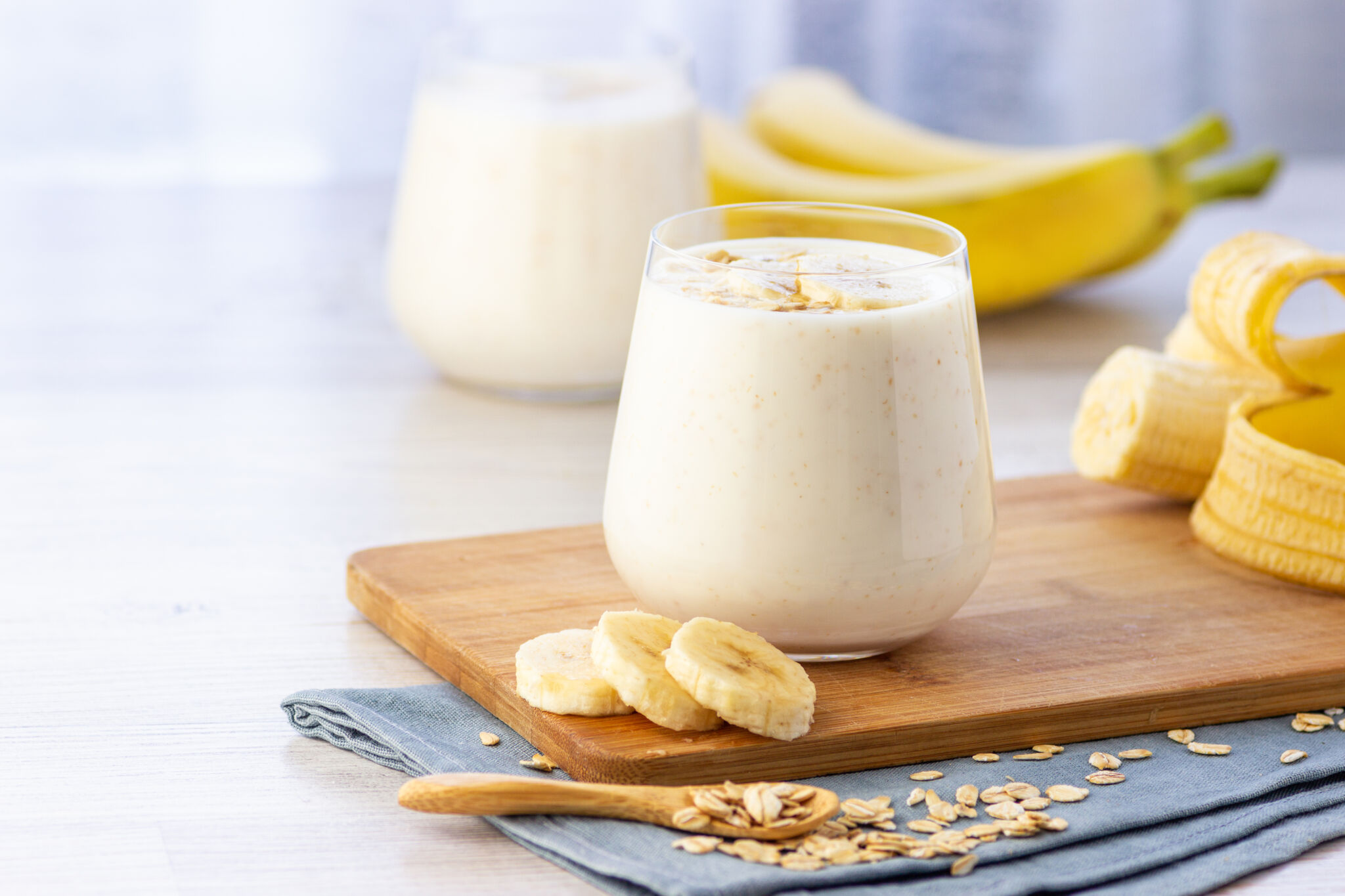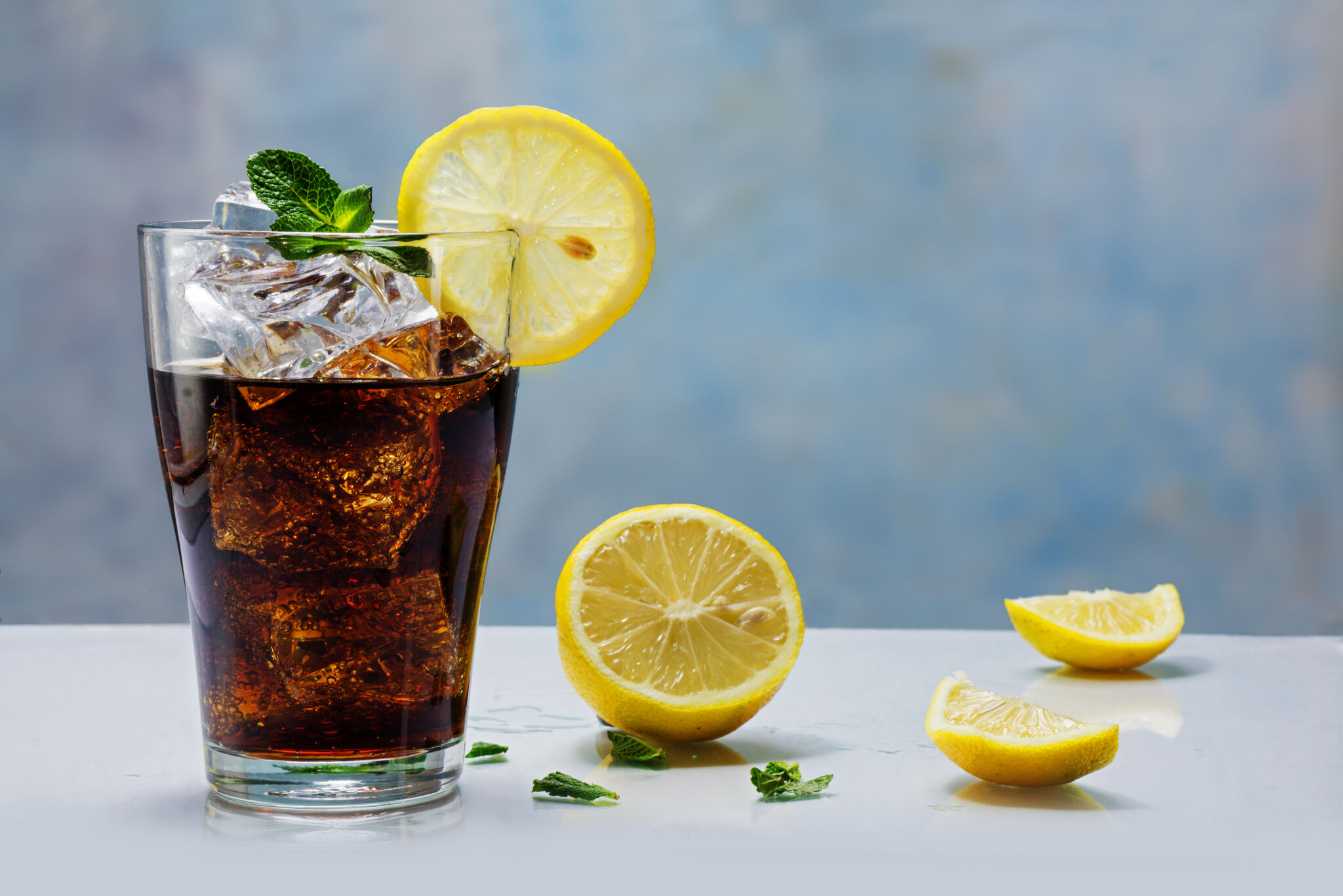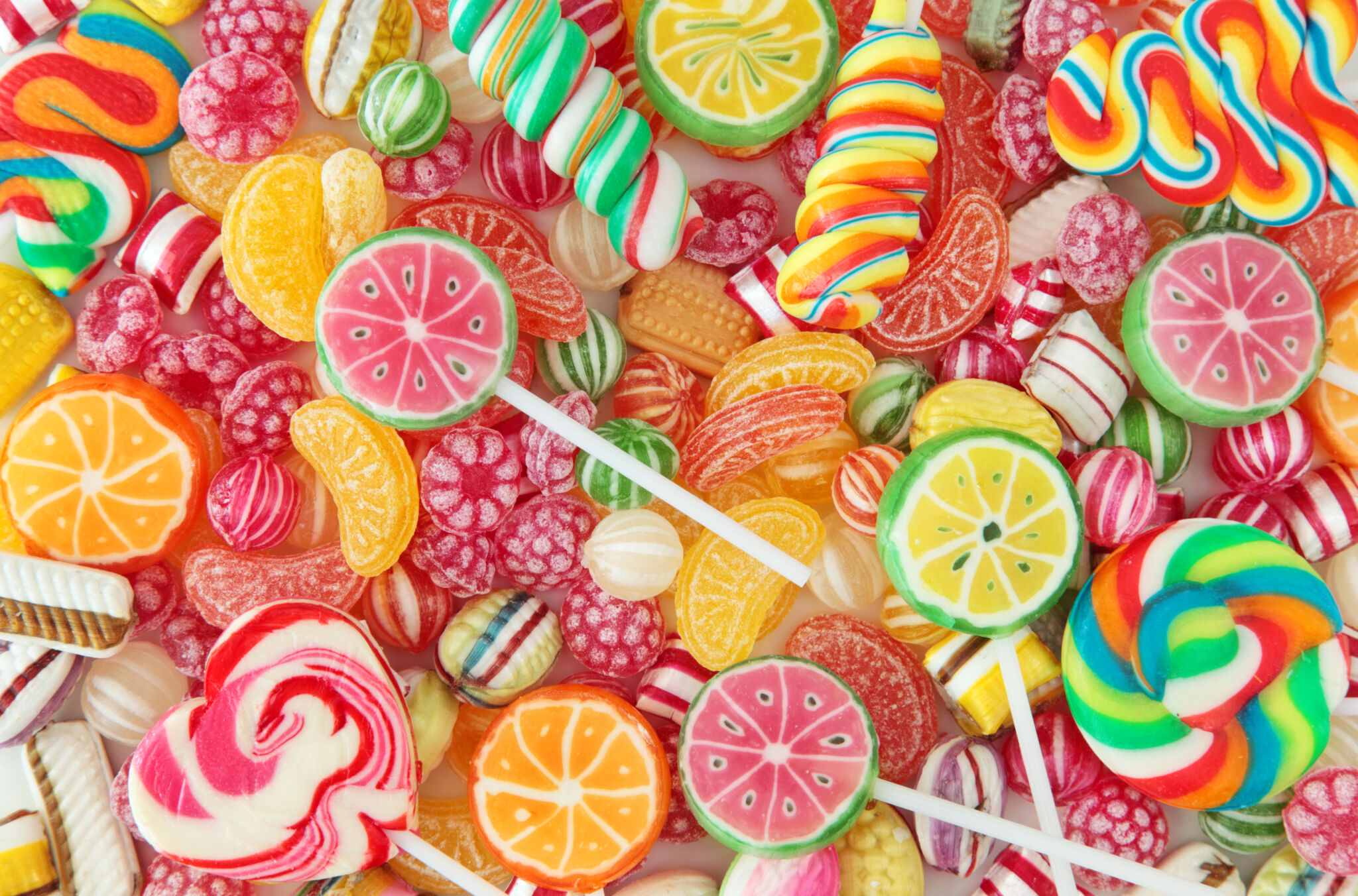Did you know that 30% of people have their tooth enamel dissolved or worn away?

Erosive Tooth Wear is a Preventable condition if diet acids are controlled

Avoid snacking between meals with acidic fruits, fruit based drinks and fizzy soft drinks.

Erosive Tooth Wear is a Common condition, affecting 30% of adults

The condition is different from tooth decay and, at worst, can destroy teeth and be disfiguring

Erosive Tooth Wear linked to heartburn can be controlled
If stomach acid comes into your mouth regularly you should:

Seek Medical advice to control the heartburn

See your Dentist to assess any damage to your teeth
What is Erosive Tooth Wear?
When you look at your teeth, they seem solid, but actually the enamel, the outer layer of your tooth, can slowly dissolve if it’s surrounded by acid, such as that found in fruit juices or some fizzy drinks; this is known as ‘erosion’
- Erosion starts when minerals are removed from your teeth and softens the enamel
- The ingredients for re-hardening your teeth are found in saliva and fluoride in toothpastes so the softening can be repaired
Erosive Tooth Wear most often occurs on your front teeth and the biting surfaces of your back teeth
- Part or all of the outer layer of tooth, the enamel, may eventually be lost, exposing the inner layer, the dentin. This inner layer is more yellow and once exposed changes the colour of the teeth.
- You are not alone, erosive tooth wear is common, about a third of all adults have it, though few have it severely
- Read more about the structure of your teeth and how acid affects your teeth.
Causes of erosive tooth wear
One of the most common ways to wear away the tooth is by drinking and eating acidic drinks and foods outside meal times.
A number of drinks and some foods can contribute to erosive tooth wear but the amount of times you consume these, especially by frequent snacking, can also influence the amount of erosion

Fruit

Fruit-based drinks containing citric acid

Carbonated drinks

Alcoholic drinks

Other Foods

Acidic Sweets
Other causes can include:
Chewable vitamin C tablets, aspirin, some iron preparations
Medications that cause a dry mouth means there is a reduced amount of saliva, which is necessary for maintaining healthy teeth as it contains ingredients that rebuild the enamel. Read more about saliva and your teeth
Acid can also come from the stomach, so those who experience acid reflux disease maybe prone to Erosive Tooth Wear that can be very destructive to the teeth, if this is happening to you, you should seek medical help/advice
Frequent vomiting can also cause stomach acid to harm the teeth, again, if this is happening to you, you should seek medical help/advice
The longer you live, the more your teeth are exposed to erosive acids, so think about the future of your teeth now, even if the erosion is only slight at the moment, it may get worse
Signs & Symptoms
Changes in the shape and/ or appearance/ colour of your teeth. Teeth may become:

Yellow appearance

Shape may change

Glassy in appearance

Teeth become shorter

Pain when teeth come into contact with hot/cold
It may be your dentist who first notices this but don’t wait, make an appointment if you are concerned about this, even if your teeth aren’t hurting
Prevention & Treatment
1. Avoid snacking on acidic fruit and drinks
- Cut down on snacking between meals on acidic food and drinks
- Fruit is an important part of a healthy diet. Snacking on acidic fruits, such as citrus, apples, pineapples, grapefruit can cause erosive tooth wear. But if you take thee fruits at meal times the risk is very low.
- Less acidic fruits – bananas, coconut
- Most erosive fruits – oranges, pineapple, grapefruit, apples
- Cut down on carbonated drinks and fruit juice
- Limit them to mealtimes so they are washed out of the mouth/diluted by food when swallowing
- Don’t sip over a long time
2. Fluoride toothpaste and mouthwash
- Fluoride combines with the ingredients in saliva to form a tougher version of enamel that is more resistant to acid
- Toothpaste should include at least 1450 ppm fluoride, if you have a problem with erosive tooth wear ask your dentist which is best for you
- Some toothpastes have ingredients optimised for the prevention of erosive tooth wear. Find out more about the causes of mechanical tooth wear here.
- However, don’t brush your teeth right after eating or drinking acidic foods or drinks.
- Surface softening by the acids and brushing teeth combine to remove enamel and cause Erosive Tooth Wear.
- Give time between eating and brushing your teeth.
- If you also suffer from sensitivity you may need a toothpaste with other ingredients.
- Only brush two times a day
- Use a soft-medium toothbrush
- Brush in a gentle, circular motion
- Do not brush immediately after anything acidic
- Seek medical advice if you have erosive tooth wear due to acid reflux or frequent vomiting
- If you are on a medication that causes dry mouth, ask if you can be switched to one that doesn’t. Do not stop taking any medication without first consulting your doctor
Enamel cannot be replaced. Early on, when there is just surface softening, toothpastes can help re-harden the enamel. Click here to read more about what the other ingredients in toothpaste do.
Visit the dentist who can give advice tailored just to you. They may provide an in-clinic treatment such as a dentin bonding agent or sealant or a mouth guard if you grind your teeth at night
For those with sensitive teeth, some toothpastes have ingredients that combine with tooth-building ingredients in your saliva to help build enamel. Look for toothpastes with CSPS, stannous fluoride, strontium, etc. Click here to find out more about what causes sensitive teeth. Read more about what the other ingredients in toothpaste do here.
Tooth restoration - Explore the pros and cons here
- Restoration with tooth coloured filings: composite resin
- Restoration with crowns may be needed as most often more than one tooth is affected, sometimes all of them; these can be complex and possibly costly
Tooth restoration may be considered for reasons of appearance but most often this will be classed as ‘cosmetic’ so you may need to pay for it
Dentists can repair teeth
- Moderate damage to teeth can be repaired with tooth coloured materials that stick to teeth called composites
- More severe wear can be treated with crowns or caps. These involve the Dentist cutting part of the tooth away to make space for a ceramic covering called a crown
- You should ask your Dentist about your choices if you need repairs, fillings or crowns.
You can read more in our Patient FAQ's
How does acid affect my teeth?
pH is determined on a scale of 0–14 from acidic (pH 0–6), through neutral (pH 7), to alkaline (pH 8–14). It is a measure of the activity of hydrogen ions and the pH in your mouth is usually around neutral
Your enamel is mostly made of crystals of a mineral called hydroxyapatite. These crystals can dissolve if surrounded by acid of a pH lower than 5.5, meaning that if your teeth are in contact with acid for too long, the top layer could disappear, like salt crystals in water; this is known as ‘demineralisation’.
However, the ‘ingredients’ to make up enamel are also in your saliva and the soft, removable layer next to the teeth (called the ‘pellicle’) so your teeth are constantly being rebuilt; this is known as ‘remineralisation’.
The key to overcoming acid erosion is to make sure your teeth are not exposed to a highly acidic environment for too long.
The pH of a variety of drinks shows how acidic they are
- Wine (red or white): pH 3.4–3.7
- Grapefruit, apple or orange juice: pH 3.0–3.7
- Cola: pH 2.2–2.6

Could you be at risk of erosive tooth wear?
Select answers to the following questions to determine whether you could be at risk of erosive tooth wear.
This quiz is designed to help you to understand the risk factors for erosive tooth wear –
however for a more detailed diagnosis you need to speak to your dental professional.
Results
Score 0
Your score may indicate you have a low number of risk factors for erosive tooth wear. In order to maintain this, try to maintain consumption of acidic food or drinks that you may have (such as fizzy drinks, wine, fruit & juices) to mealtimes.
Results
Score 0
You score may indicate that you may be at risk of erosive tooth wear. Snacking on acidic food and drinks between meals over extended periods increases the amount of contact time with your enamel and reduces the likelihood that your mouth can neutralise the acid.
Results
Score 0
Your score may indicate a high risk of erosive tooth wear. Speak to your dental professional about steps you can take to minimise the risk. This may include limiting acidic food and drinks to mealtimes, avoiding acidic drinks over extended periods during the day and speaking to your doctor if you suffer with acid reflux.
Further Reading
How does acid affect my teeth?
How does erosive tooth wear differ from dental cavities/tooth decay?
Saliva and my teeth?
The pros and cons of restoring your teeth?
The structure of my teeth?
What causes mechanical tooth wear?
What causes sensitive teeth?
What do the other ingredients in toothpaste do?
What does fluoride actually do in erosive tooth wear?

